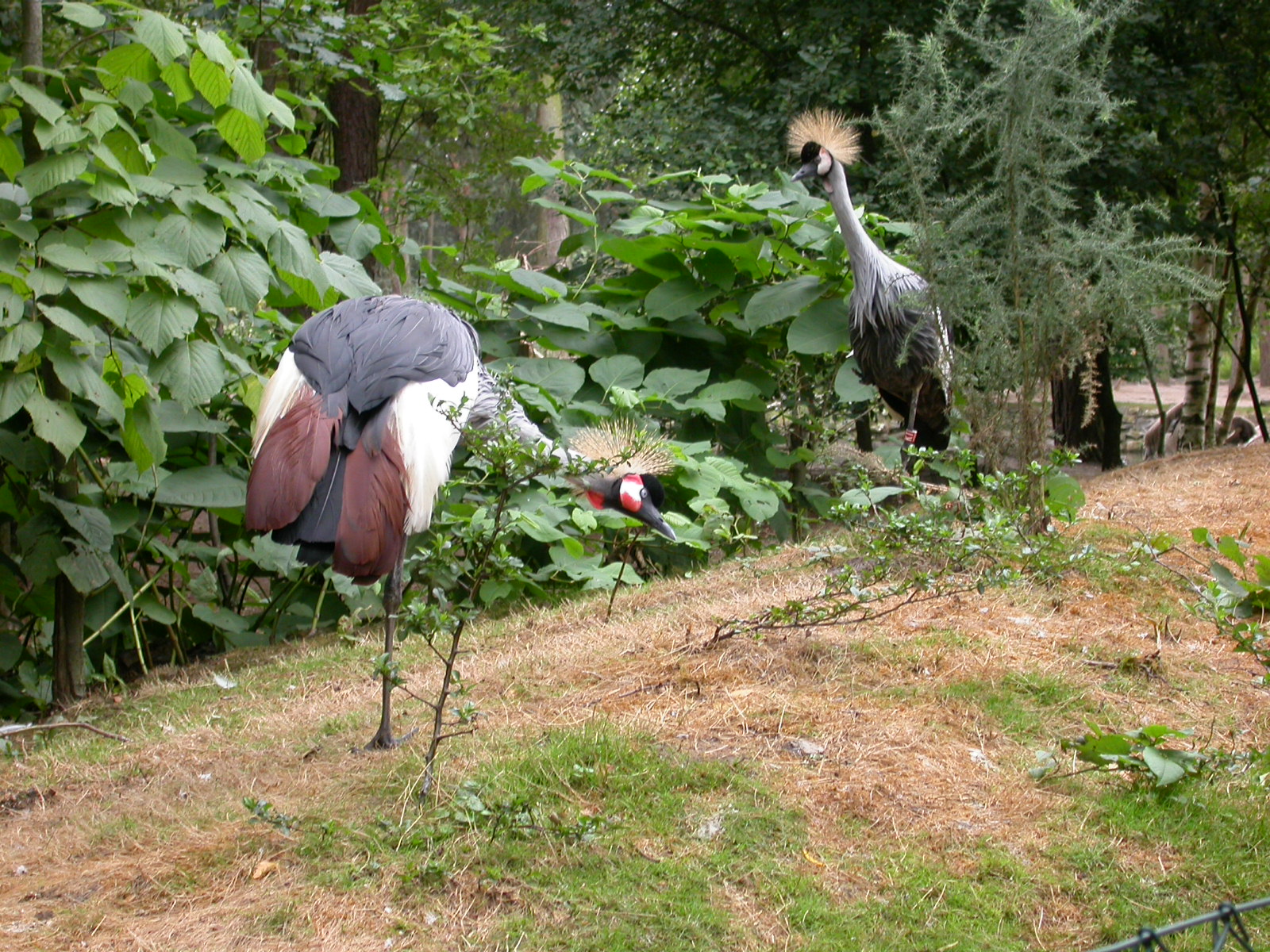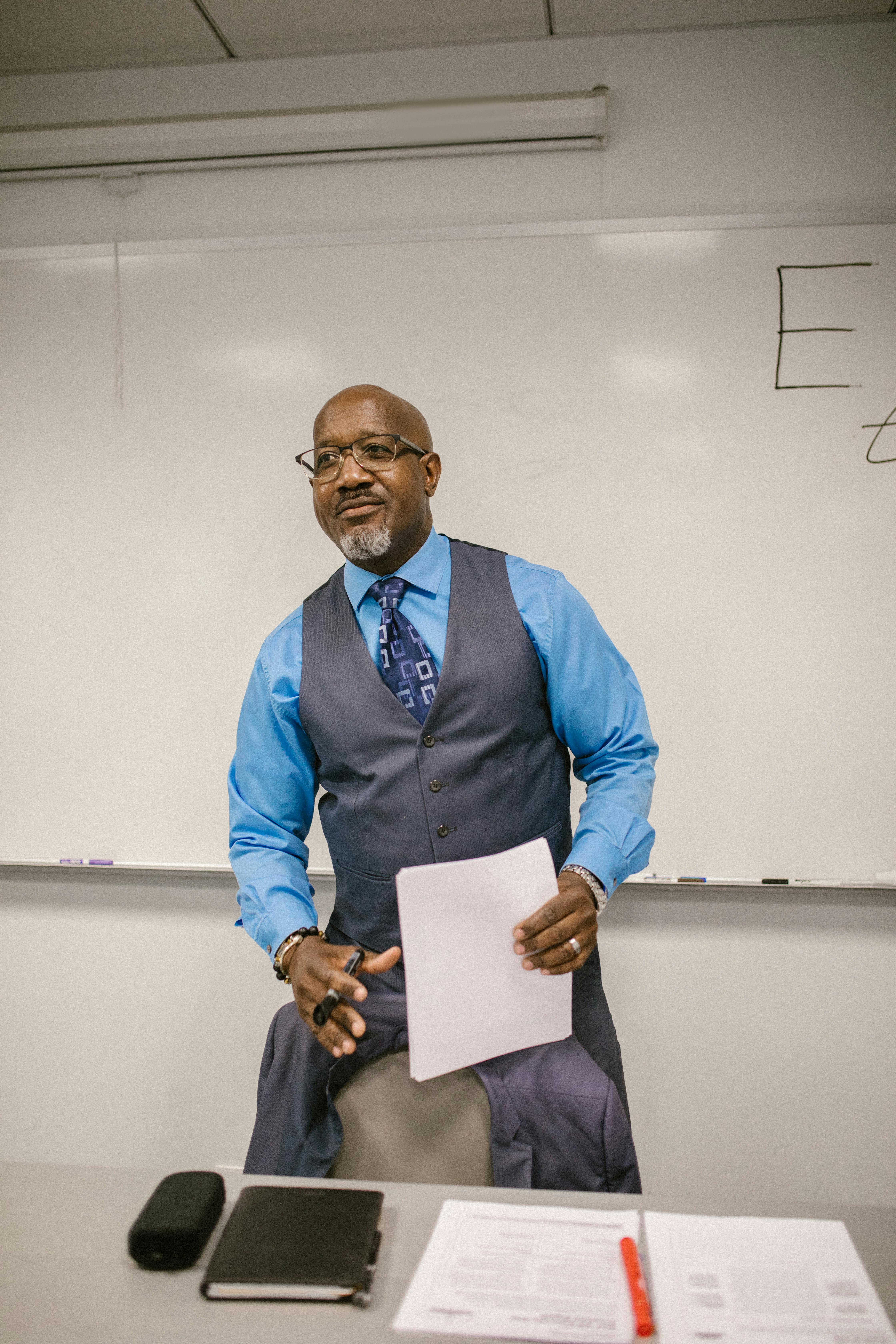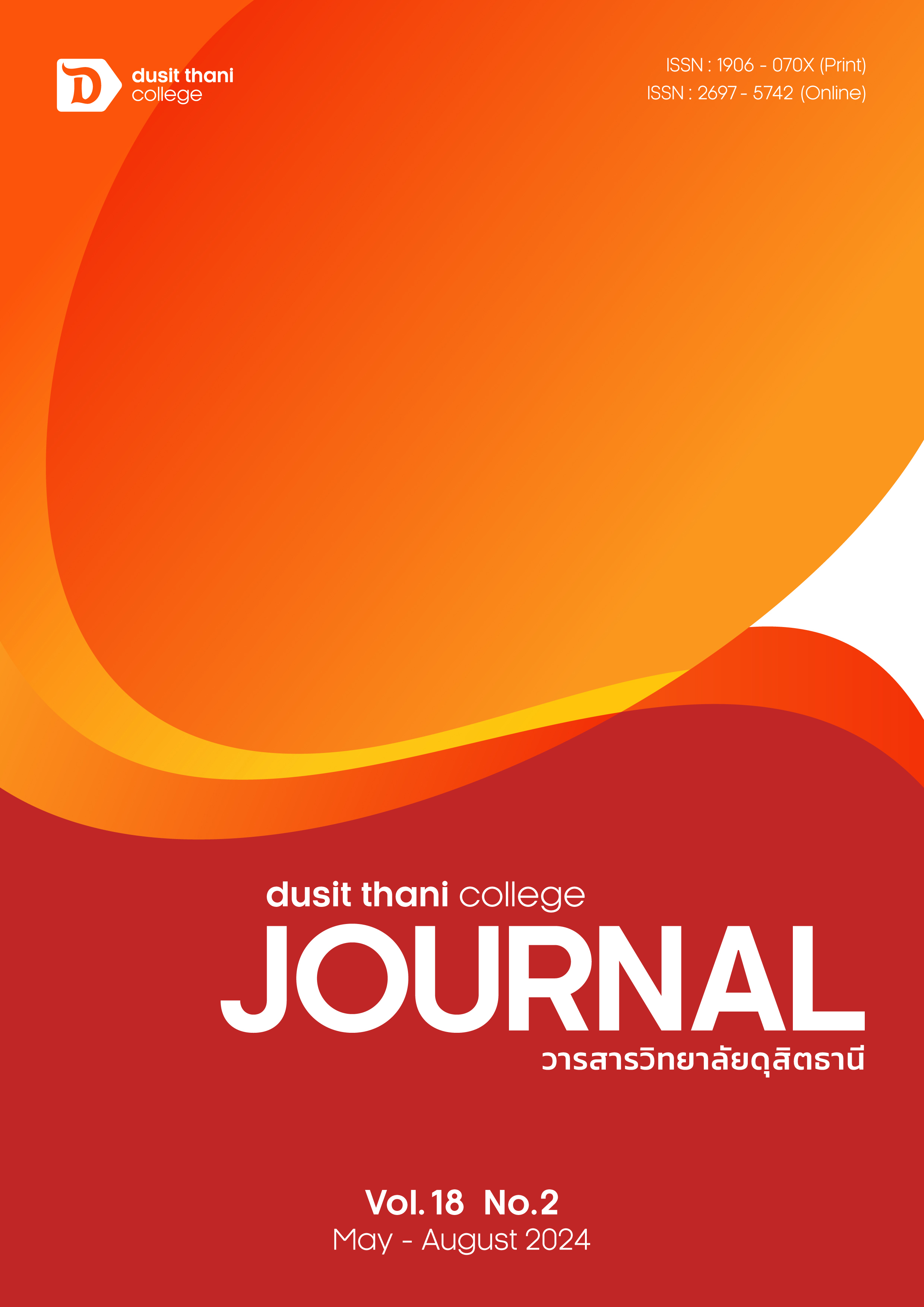 In C. Dalton-Puffer, T. Nikula, & U. Smit (Eds.), Language use and language learning in CLIL classrooms (pp. In D. Marsh & G. Lange (Eds.), Using languages to be taught and learning to make use of languages. In C. Dalton-Puffer, T. Nikula & U. Smit (Eds.), Language use and language studying in CLIL classroom (pp. However, it is not easy for students who use English as a foreign language (EFL) to speak English fluently in an surroundings where English is rarely used outdoors the classroom. Both benefits and disadvantages of making use of CLIL are examined and the difficulties of applying CLIL in the classroom are clarified to assist EFL teachers plan their programs more successfully. This Journal and its articles are printed under the Creative Commons CC BY 4.0 DEED Attribution 4.0 International license. The license can not revoke these freedoms as long as you follow the phrases of the license. Adapt – remix, transform, and build upon the material for any objective, even commercially. You’re free to: Share – copy and redistribute the fabric in any medium or format for any objective, even commercially. This article discusses the applying of CLIL in an EFL context-a case research in Thailand-with an emphasis on explanation of CLIL framework and principles and the way these are applied in Thailand as pointers for developing EFL courses or curriculum.
In C. Dalton-Puffer, T. Nikula, & U. Smit (Eds.), Language use and language learning in CLIL classrooms (pp. In D. Marsh & G. Lange (Eds.), Using languages to be taught and learning to make use of languages. In C. Dalton-Puffer, T. Nikula & U. Smit (Eds.), Language use and language studying in CLIL classroom (pp. However, it is not easy for students who use English as a foreign language (EFL) to speak English fluently in an surroundings where English is rarely used outdoors the classroom. Both benefits and disadvantages of making use of CLIL are examined and the difficulties of applying CLIL in the classroom are clarified to assist EFL teachers plan their programs more successfully. This Journal and its articles are printed under the Creative Commons CC BY 4.0 DEED Attribution 4.0 International license. The license can not revoke these freedoms as long as you follow the phrases of the license. Adapt – remix, transform, and build upon the material for any objective, even commercially. You’re free to: Share – copy and redistribute the fabric in any medium or format for any objective, even commercially. This article discusses the applying of CLIL in an EFL context-a case research in Thailand-with an emphasis on explanation of CLIL framework and principles and the way these are applied in Thailand as pointers for developing EFL courses or curriculum.
 English as an international Language from Chulalongkorn University in Bangkok, Thailand and an M.Ed. Sumalee Chinokul is Director of the Master of Education in English as a Foreign Language international program of the Faculty of Education, Chulalongkorn University (Bangkok, Thailand). Khwanchit Suwannoppharat is presently a part-time English Lecturer at Prince of Songkla University, Hat Yai Campus, Thailand. Teachers however attempt to find out essentially the most acceptable instructing approach to develop their students’ English abilities with the intention to serve the calls for for English in the labor markets. Unpublished paper presented on the Access English EBE Symposium, Jakarta, Indonesia. Paper introduced at the 4th International ALTE Conference: Impact of Language Frameworks on Assessment, Learning and Teaching: Policies, Procedures and Challenges, Jagiellonian University, Kraków, Poland. The need for content material and language integrated learning (CLIL) development. In C. Dalton-Puffer, T. Nikula & U. Smit (Eds.), Language use and language learning in CLIL classrooms (pp. Educational analysis, a major supply for language educating and studying development, has increasingly emphasised the significance of integrating language and tradition in educating and studying processes.
English as an international Language from Chulalongkorn University in Bangkok, Thailand and an M.Ed. Sumalee Chinokul is Director of the Master of Education in English as a Foreign Language international program of the Faculty of Education, Chulalongkorn University (Bangkok, Thailand). Khwanchit Suwannoppharat is presently a part-time English Lecturer at Prince of Songkla University, Hat Yai Campus, Thailand. Teachers however attempt to find out essentially the most acceptable instructing approach to develop their students’ English abilities with the intention to serve the calls for for English in the labor markets. Unpublished paper presented on the Access English EBE Symposium, Jakarta, Indonesia. Paper introduced at the 4th International ALTE Conference: Impact of Language Frameworks on Assessment, Learning and Teaching: Policies, Procedures and Challenges, Jagiellonian University, Kraków, Poland. The need for content material and language integrated learning (CLIL) development. In C. Dalton-Puffer, T. Nikula & U. Smit (Eds.), Language use and language learning in CLIL classrooms (pp. Educational analysis, a major supply for language educating and studying development, has increasingly emphasised the significance of integrating language and tradition in educating and studying processes.
 In R. M. Manchon (Ed.), Learning-to-write and writing-to-be taught in a further language (pp. British Council. 2006. Future perfect-English language policy for world transition conference report. Eurydice. (2006). Content and language built-in learning (CLIL) at school in Europe. Graddol, D. (2006). English subsequent: Why world English might mean the end of “English as a foreign language”. Darn, Steve. (2006). Content and language built-in learning. Dhanasobhon, S. (2006). English language teaching dilemma in Thailand. Dalton-Puffer, C., Nikula, T., & Smit, U. (2010). Charting insurance policies, premises and analysis on content and language integrated studying. Dalton-Puffer, C., & Smit, U. (2007). Empirical perspectives on CLIL classroom discourse. Richards, J. C., & Rogers, T. S. (2001). Approaches and strategies in language teaching (2nd Ed.). Cendoya, A. M., & Di Bin, M. V. (2010). A CLIL expertise based on the use of tasks and different genre varieties. Coyle, D., Hood, P., & Marsh, D. (2010). CLIL: Content and language built-in learning. Mehisto, P., Marsh, D., & Frigols-Martín, M. J. (2008). Uncovering CLIL: Content and language built-in learning in bilingual and multilingual schooling. Lasagabaster, D. (2008). Foreign language competence in Content and Language Integrated programs. MacKenzie, A. S. (2008). CLILing me softly in Thailand: Collaboration, creativity and conflict.
In R. M. Manchon (Ed.), Learning-to-write and writing-to-be taught in a further language (pp. British Council. 2006. Future perfect-English language policy for world transition conference report. Eurydice. (2006). Content and language built-in learning (CLIL) at school in Europe. Graddol, D. (2006). English subsequent: Why world English might mean the end of “English as a foreign language”. Darn, Steve. (2006). Content and language built-in learning. Dhanasobhon, S. (2006). English language teaching dilemma in Thailand. Dalton-Puffer, C., Nikula, T., & Smit, U. (2010). Charting insurance policies, premises and analysis on content and language integrated studying. Dalton-Puffer, C., & Smit, U. (2007). Empirical perspectives on CLIL classroom discourse. Richards, J. C., & Rogers, T. S. (2001). Approaches and strategies in language teaching (2nd Ed.). Cendoya, A. M., & Di Bin, M. V. (2010). A CLIL expertise based on the use of tasks and different genre varieties. Coyle, D., Hood, P., & Marsh, D. (2010). CLIL: Content and language built-in learning. Mehisto, P., Marsh, D., & Frigols-Martín, M. J. (2008). Uncovering CLIL: Content and language built-in learning in bilingual and multilingual schooling. Lasagabaster, D. (2008). Foreign language competence in Content and Language Integrated programs. MacKenzie, A. S. (2008). CLILing me softly in Thailand: Collaboration, creativity and conflict.
Morton, T. (2010). Using a genre-based mostly approach to integrating content material and language in CLIL. Samawathdana, R. (2010). Development of a well being study instructional model using English as a medium primarily based on Experiential Learning Theory and Content and Language Integrated Learning approach to enhance health conduct and English communication ability of decrease secondary school college students (Unpublished Ph.D. Jyväskylä, Finland: UniCOM, Continuing Education Centre, University of Jyväskylä. Jyväskylä, Finland: University of Jyväskylä. Jyväskylä, Finland: University of Jyväskyla. Cambridge, UK: Cambridge University Press. London, UK: British Council. Oxford, UK: Macmillan Education. Education First. (2013). EF English proficiency index. Noom-ura, S. (2013). English-educating problems in Thailand and Thai teachers’ skilled improvement needs. Cenoz, J., Genesee, F., & Gorter, D. (2013). Critical analysis of CLIL: Taking inventory and searching forward. Marsh, D. (2009). CLIL: An interview with Professor David Marsh. Marsh, D. (2000). An introduction to CLIL for parents and younger folks. Marsh, D. (2002). CLIL/EMILE – The European dimension: Actions, traits and foresight potential.
 A large part of this question concerns how info technology is built-in in the lifeworld of the Thai folks, and especially how such integration is expressed in the use of knowledge know-how in education. That is vital as a result of in order for ideas resembling info privateness to be absolutely built-in into the lives of the cultures (concern associated to in the above paragraph), a means must be discovered to base the idea on the philosophical system that belongs to that tradition. Another space I have been concerned with is worried with a more instantly philosophical question of how issues in information ethics are justified in keeping with the philosophical system of the East. This Journal and its articles are published below the Creative Commons CC BY 4.0 DEED Attribution 4.Zero International license. He has revealed books and articles on such diverse points as bioethics, pc ethics, and the roles that science and expertise play within the culture of creating international locations. Educational analysis, a major source for language teaching and studying growth, has increasingly emphasized the importance of integrating language and tradition in instructing and studying processes.
A large part of this question concerns how info technology is built-in in the lifeworld of the Thai folks, and especially how such integration is expressed in the use of knowledge know-how in education. That is vital as a result of in order for ideas resembling info privateness to be absolutely built-in into the lives of the cultures (concern associated to in the above paragraph), a means must be discovered to base the idea on the philosophical system that belongs to that tradition. Another space I have been concerned with is worried with a more instantly philosophical question of how issues in information ethics are justified in keeping with the philosophical system of the East. This Journal and its articles are published below the Creative Commons CC BY 4.0 DEED Attribution 4.Zero International license. He has revealed books and articles on such diverse points as bioethics, pc ethics, and the roles that science and expertise play within the culture of creating international locations. Educational analysis, a major source for language teaching and studying growth, has increasingly emphasized the importance of integrating language and tradition in instructing and studying processes. He discovered that this spiritual group was known as Falun Gong. When he was in Beijing in May 2006, somebody informed him a few horrible medical phenomenon – people from a spiritual group have been being targeted for live organ removing. He considers this a really critical accusation in opposition to the Beijing authorities. Mr. McMillan-Scott has met with many practitioners and considers them superb folks. He met with two practitioners, Niu Jinping and Cao Dong, secretly. In keeping with Cao Dong, a friend of his disappeared in the future and the following time he saw him, he was dead and the pal noticed an enormous hole in his body. In C. Dalton-Puffer, T. Nikula & U. Smit (Eds.), Language use and language studying in CLIL classrooms (pp. Dalton-Puffer, C., & Smit, U. (2007). Empirical perspectives on CLIL classroom discourse. Wolff, D. (2007). CLIL: Bridging the hole between school and dealing life. In R. M. Manchon (Ed.), Learning-to-write and writing-to-learn in an extra language (pp.
He discovered that this spiritual group was known as Falun Gong. When he was in Beijing in May 2006, somebody informed him a few horrible medical phenomenon – people from a spiritual group have been being targeted for live organ removing. He considers this a really critical accusation in opposition to the Beijing authorities. Mr. McMillan-Scott has met with many practitioners and considers them superb folks. He met with two practitioners, Niu Jinping and Cao Dong, secretly. In keeping with Cao Dong, a friend of his disappeared in the future and the following time he saw him, he was dead and the pal noticed an enormous hole in his body. In C. Dalton-Puffer, T. Nikula & U. Smit (Eds.), Language use and language studying in CLIL classrooms (pp. Dalton-Puffer, C., & Smit, U. (2007). Empirical perspectives on CLIL classroom discourse. Wolff, D. (2007). CLIL: Bridging the hole between school and dealing life. In R. M. Manchon (Ed.), Learning-to-write and writing-to-learn in an extra language (pp.
 Even the censors had been impressed, and At the Horizon screened at the second Luang Prabang Film Festival in December. Apart from Luang Prabang and Lifescapes, At the Horizon also screened on the Hua Hin International Film Festival, the place although the viewers was extraordinarily tiny, it did attract the attention of a Thai distributor. But what’s a bit completely different is that it’s not necessarily what the audience thinks he deserves – a welcome little bit of ambiguity amongst films that all the time have neat, tied-up endings. Like Thai thrillers, there is a message of karma, and the arrogrant wealthy brat getting what he deserves. It’ll be censored, with the blurring of handguns, alcohol consumption and smoking, much like Thai tv. Miss Lao 2012 runner-up Thipphakesone Misaybua is Sin’s disapproving girlfriend Mouk, whereas DJ and tv VJ Vatsana Sayoudom is Lud’s sweet wife. He likes to software round Vientiane, performing like a gangsta rapper, driving an Escalade, listening to Lao hip-hop and brandishing a handgun. At the Horizon will open later this month in Lao cinemas – there are three, in Vientiane, Pakxe, Savannakhet. The debut characteristic by young Lao director Anysay Keola, At the Horizon is a strong effort.
Even the censors had been impressed, and At the Horizon screened at the second Luang Prabang Film Festival in December. Apart from Luang Prabang and Lifescapes, At the Horizon also screened on the Hua Hin International Film Festival, the place although the viewers was extraordinarily tiny, it did attract the attention of a Thai distributor. But what’s a bit completely different is that it’s not necessarily what the audience thinks he deserves – a welcome little bit of ambiguity amongst films that all the time have neat, tied-up endings. Like Thai thrillers, there is a message of karma, and the arrogrant wealthy brat getting what he deserves. It’ll be censored, with the blurring of handguns, alcohol consumption and smoking, much like Thai tv. Miss Lao 2012 runner-up Thipphakesone Misaybua is Sin’s disapproving girlfriend Mouk, whereas DJ and tv VJ Vatsana Sayoudom is Lud’s sweet wife. He likes to software round Vientiane, performing like a gangsta rapper, driving an Escalade, listening to Lao hip-hop and brandishing a handgun. At the Horizon will open later this month in Lao cinemas – there are three, in Vientiane, Pakxe, Savannakhet. The debut characteristic by young Lao director Anysay Keola, At the Horizon is a strong effort.
 In C. Dalton-Puffer, T. Nikula & U. Smit (Eds.), Language use and language learning in CLIL classrooms (pp. In C. Dalton-Puffer, T. Nikula & U. Smit (Eds.), Language use and language learning in CLIL classroom (pp. In D. Marsh & D. Wolff (Eds.), Diverse contexts-converging goals: CLIL in Europe. In C. Dalton-Puffer, T. Nikula, & U. Smit (Eds.), Language use and language learning in CLIL classrooms (pp. However, it is not straightforward for college kids who use English as a overseas language (EFL) to speak English fluently in an setting where English is never used outside the classroom. This article discusses the applying of CLIL in an EFL context-a case examine in Thailand-with an emphasis on clarification of CLIL framework and principles and the way these are applied in Thailand as pointers for creating EFL courses or curriculum. Both benefits and disadvantages of applying CLIL are examined and the difficulties of applying CLIL in the classroom are clarified to assist EFL teachers plan their courses more effectively. Teachers nonetheless strive to seek out out the most applicable teaching method to develop their students’ English expertise to be able to serve the calls for for English within the labor markets.
In C. Dalton-Puffer, T. Nikula & U. Smit (Eds.), Language use and language learning in CLIL classrooms (pp. In C. Dalton-Puffer, T. Nikula & U. Smit (Eds.), Language use and language learning in CLIL classroom (pp. In D. Marsh & D. Wolff (Eds.), Diverse contexts-converging goals: CLIL in Europe. In C. Dalton-Puffer, T. Nikula, & U. Smit (Eds.), Language use and language learning in CLIL classrooms (pp. However, it is not straightforward for college kids who use English as a overseas language (EFL) to speak English fluently in an setting where English is never used outside the classroom. This article discusses the applying of CLIL in an EFL context-a case examine in Thailand-with an emphasis on clarification of CLIL framework and principles and the way these are applied in Thailand as pointers for creating EFL courses or curriculum. Both benefits and disadvantages of applying CLIL are examined and the difficulties of applying CLIL in the classroom are clarified to assist EFL teachers plan their courses more effectively. Teachers nonetheless strive to seek out out the most applicable teaching method to develop their students’ English expertise to be able to serve the calls for for English within the labor markets. Educational research, a primary source for language educating and learning development, has increasingly emphasized the importance of integrating language and culture in instructing and learning processes. Paper offered on the 4th International ALTE Conference: Impact of Language Frameworks on Assessment, Learning and Teaching: Policies, Procedures and Challenges, Jagiellonian University, Kraków, Poland. Unpublished seminar offered in Milan, Italy. Unpublished paper presented on the Access English EBE Symposium, Jakarta, Indonesia. Unpublished paper introduced at the ISNA Education Forum, Chicago, IL. Sumalee Chinokul is Director of the Master of Education in English as a Foreign Language international program of the Faculty of Education, Chulalongkorn University (Bangkok, Thailand). English as a global Language from
Educational research, a primary source for language educating and learning development, has increasingly emphasized the importance of integrating language and culture in instructing and learning processes. Paper offered on the 4th International ALTE Conference: Impact of Language Frameworks on Assessment, Learning and Teaching: Policies, Procedures and Challenges, Jagiellonian University, Kraków, Poland. Unpublished seminar offered in Milan, Italy. Unpublished paper presented on the Access English EBE Symposium, Jakarta, Indonesia. Unpublished paper introduced at the ISNA Education Forum, Chicago, IL. Sumalee Chinokul is Director of the Master of Education in English as a Foreign Language international program of the Faculty of Education, Chulalongkorn University (Bangkok, Thailand). English as a global Language from 
 Both advantages and disadvantages of applying CLIL are examined and the difficulties of applying CLIL in the classroom are clarified to help EFL teachers plan their courses extra effectively. However, it is not easy for college students who use English as a overseas language (EFL) to talk English fluently in an atmosphere the place English isn’t used exterior the classroom. Educational research, a primary supply for language instructing and studying development, has more and more emphasised the importance of integrating language and culture in instructing and learning processes. Teachers nonetheless strive to seek out out the most acceptable instructing approach to develop their students’ English abilities with a purpose to serve the calls for for English in the labor markets. English as a world Language from Chulalongkorn
Both advantages and disadvantages of applying CLIL are examined and the difficulties of applying CLIL in the classroom are clarified to help EFL teachers plan their courses extra effectively. However, it is not easy for college students who use English as a overseas language (EFL) to talk English fluently in an atmosphere the place English isn’t used exterior the classroom. Educational research, a primary supply for language instructing and studying development, has more and more emphasised the importance of integrating language and culture in instructing and learning processes. Teachers nonetheless strive to seek out out the most acceptable instructing approach to develop their students’ English abilities with a purpose to serve the calls for for English in the labor markets. English as a world Language from Chulalongkorn  Coyle, D., Hood, P., & Marsh, D. (2010). CLIL: Content and language integrated learning. Marsh, D., Maljers, A., & Hartiala, A.-K. Marsh,
Coyle, D., Hood, P., & Marsh, D. (2010). CLIL: Content and language integrated learning. Marsh, D., Maljers, A., & Hartiala, A.-K. Marsh, 
